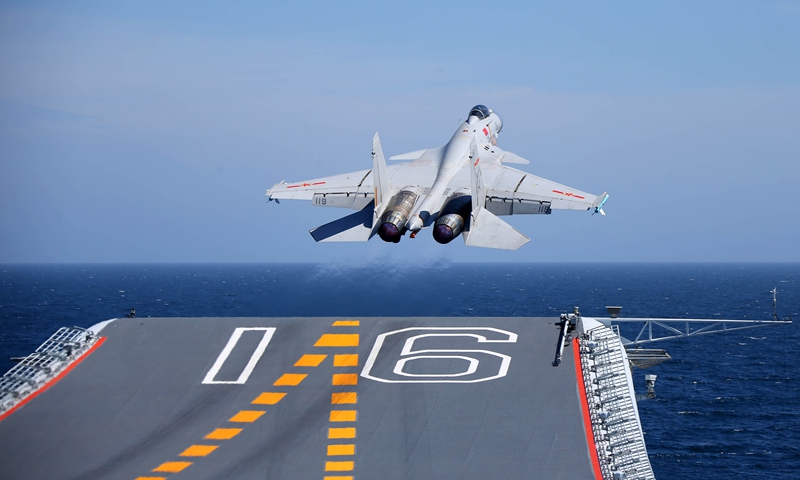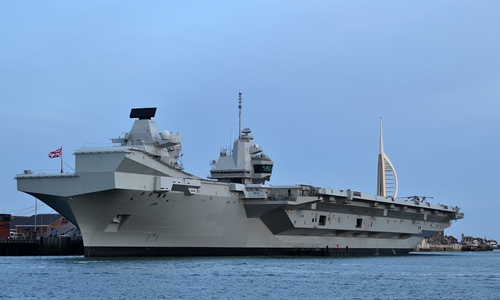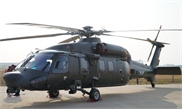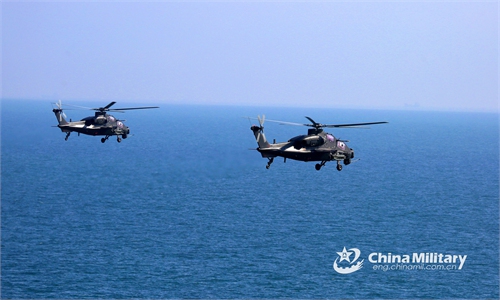
A J-15 carrier-borne fighter jet takes off from the flight deck of the aircraft carrier Liaoning during a maritime training exercise on July 1, 2017. The Chinese aircraft carrier Liaoning and its carrier strike group carried out realistic training in an undisclosed sea area on July 1, 2017. (eng.chinamil.com.cn/Photo by Li Tang)
The Chinese People’s Liberation Army (PLA) Navy recently wrapped up the annual recruitment campaign of vessel-borne pilot cadets for 2021, with more than one-third coming from youth aviation schools, as this development model is reportedly becoming a main recruitment source.
Youth aviation schools let cadets learn specialized knowledge at a younger age and allow more room for growth, which will significantly contribute to China’s future aircraft carrier development, analysts said on Wednesday.
More than 13,000 high school students from 22 Chinese provinces signed up for this year’s recruitment, and the best of them were selected to become naval pilots after completing physical examinations, tests on potential as a pilot and political background, as well as the national college entrance examination, the gaokao, js7tv.cn, a news website affiliated with the PLA, reported on Wednesday.
The report did not reveal the number of enrolled cadets.
Among them, more than one-third came from youth aviation schools, and this development model is becoming a main source of the PLA Navy’s vessel-borne pilot cadets, js7tv.cn reported.
For example, 58 students from the naval aviation experimental class of the Chongqing No.11 Middle School took part in the gaokao, and 44 of them were enrolled at the PLA Naval Aviation University, the highest number among all youth aviation schools across China, Zhong Jinyou, the principal of the school, was quoted as saying.
The PLA Naval Aviation University is where the pilot cadets will further study, Captain Hu Dunfu, deputy director of the PLA Navy’s pilot recruitment office, said in the report.
Some of them will study vessel-aircraft integration, while others will study at renowned universities like Peking University, Tsinghua University and Beihang University for civil-military joint studies, Hu said.
Youth aviation schools can train outstanding vessel-borne pilots and see if they are talented at an earlier stage of their growth, Wei Dongxu, a Beijing-based military expert, told the Global Times on Wednesday.
Since the time needed to train a vessel-borne pilot is long, youth aviation schools can provide younger cadets more room for growth, Wei said.
This will support China’s aircraft carrier program, as larger and more advanced carriers will be built and also boarded with next generation aircraft, which requires more pilots, Wei said.
The PLA Navy currently operates two aircraft carriers, the Liaoning and the Shandong, both conventionally powered, and use ski-jump racks to launch third-generation J-15 fighter jets.
China is reportedly building a third and much larger carrier equipped with electromagnetic catapults, with a new type of stealth fighter jet and fixed-wing early warning aircraft in development to operate on the new carrier.




